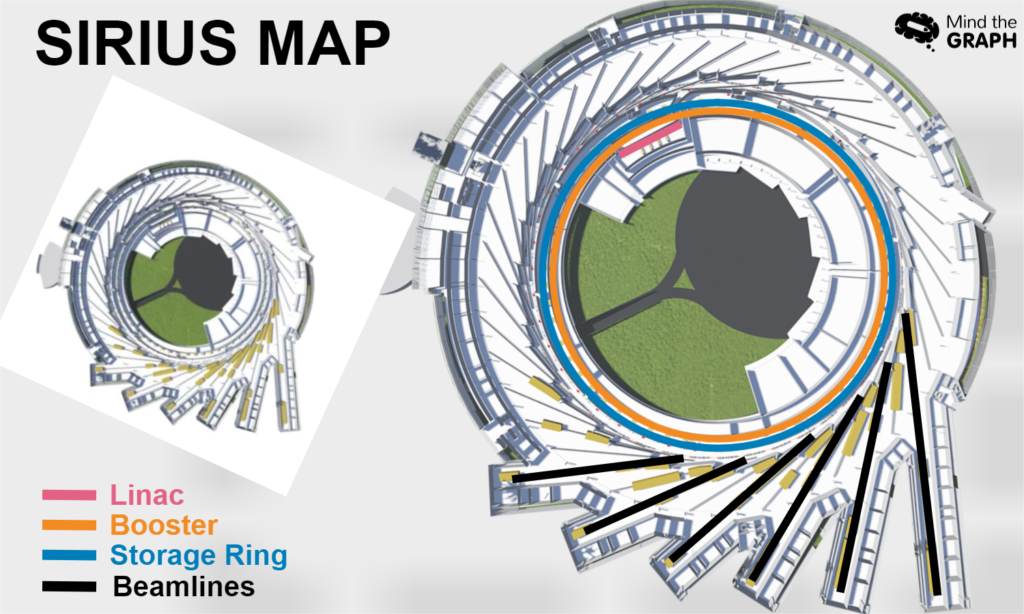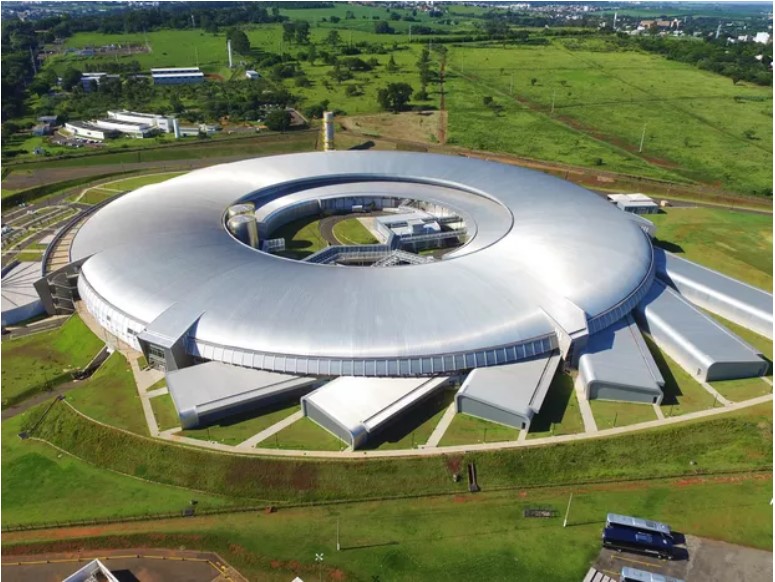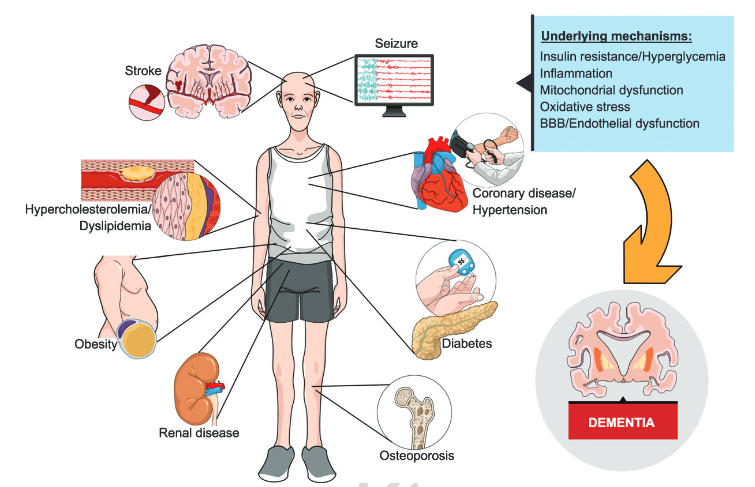Named after the brightest star in the night sky, Sirius is one of the first fourth-generation synchrotron light sources in the world and is located in the city of Campinas in São Paulo state, Brazil.
The most complex and the biggest equipment ever built in the country, Sirius, will allow scientists to develop frontier research. Breakthrough discoveries are expected in different fields like energy, environment, health among others. Sirius is designed to have – just like the star – the brightest light of all equipment of its kind. And it’s ready to be used.
Sirius is placed inside a big and private institution called the Brazilian Center for Research in Energy and Materials (CNPEM) which is under the supervision of the Brazilian Ministry of Science, Technology, and Innovations (MCTI).
The institution drives other four national labs. Being a non-profit institution focused on research and development, CNPEM has the function of supporting innovation in different areas like materials, health, food, environment, energy, and much more. CNPEM is able to integrate scientific and technological knowledge from all its national laboratories.
Working like a (huge) microscope, Sirius covers a large portion range of the electromagnetic spectrum, its light goes from Infra-Red waves to Ultra Violet and it also includes X-Ray. Equipped with all that, Sirius will be able to reveal many material characteristics, at molecular and atomic levels, and even examine electronic structures.
This allows multidisciplinary research that will answer academic and industrial questions. In order to produce the synchrotron light, charged particles – such as electrons – are accelerated next to the speed of light in a route controlled by magnetic fields.
Today, there is more than one equipment analogous to Sirius in the world, like the European Synchrotron Radiation Facility (ESRF) located in France. And before Sirius, the institution CNPEM made use of another similar equipment, the first Brazilian synchrotron light source – known as the UVX – much smaller than Sirius, with high reliability and stability. However, when Sirius was finished, the equipment was shut off. Over the years scientists needed more information than the UVX could provide, reaching its limits of physical space and technical capacities.
In a timeline, the first discussion about the Sirius project was in 2003, with the project starting to take form. The construction of the building facility started in 2015, and in 2018 was finally inaugurated.
Although the building was finished, the next stage of putting all the equipment inside was only beginning.
Different from the UVX that only could analyze materials at superficial levels, Sirius generated energy is able to penetrate into hard and solid materials with a depth of centimeters.
“It was like taking a low-light picture – says Antonio José Roque da Silva, physicist, director of CNPEM and SIRIUS in a statement about the UVX. “Sirius has more light intensity, and because of that it will capture in a faster way, like a movie instead of a photo”.
Sirius will have two times more energy and 360 times less emittance leading to different frequencies of light one billion times more brighten than UVX.
Regarding how the equipment works, this is Sirius basic structure:
The Synchrotron Light Source base structure, essentially, consists of two major sets of particle accelerators, the Injection System and the Storage Ring.
The Injection System admits the Linear Accelerator, or Linac, and the Injector Synchrotron, or Booster.
Together, both have the role of producing the electron beam and accelerates until it reaches the level of energy required to operate in the Storage Ring.
In addition, two transport lines are included, one transferring the electron beam from the Linac to the Booster and the other from the Booster to the Storage Ring.
The Linac produces a current pulse in a pulsed manner, specifically, twice pulses per second, and then the current pulse produced is injected into the Booster.
Once in the Booster, the electron beams are accelerated until it reaches the level of energy necessary to be injected into the Storage Ring.
In turn, the Storage Ring, which is the main accelerator, responsible for sustaining the electron beam stored for long periods, is where the synchrotron light is finally produced.
In addition, to control the electron beam route, a combination of different magnets producing a magnetic field, – or Magnetic Lattice – are going to be used to maintain the focus and correct the electron beam route.
In the end, the synchrotron light will be available in experimental stations that are located around the Storage Ring, called Beamlines – this is where scientists will place their materials samples and produce data to further study it.

The image above – available on the CNPEM website – shows an illustration of SIRIUS, where the Storage Ring represented by the blue circle has about 518 meters in circumference, while the Booster displayed in orange is about 496 meters.
Linac, on the other hand, is much smaller in size, with only 32 meters, represented by the pink line.
Thus, these fourth-generation synchrotron light sources will help scientists to go deeper –literally– in their research, gaining space and better tools to analyze complex topics.
For example, more advanced soil analysis will increase the knowledge about fertilizers development, leading to the production of less toxic agriculture products, benefiting human health and the environment.
Likewise, Sirius will also allow scientists to develop new materials due to a more complete study of nanoparticle structures.
On October 21, 2020, the first Sirius beamline called Manacá was opened to research usage. This line is intended to focus on macromolecules, studying proteins and their interactions with medications.
In the future, five more beamlines will be open for use, called Carnaúba, Cateretê, Ema, Ipê, and Mogno. Each one of them will focus on a specific type of analysis. Today those beamlines are in an advanced stage of installation, and by the end of 2021, some should be concluded.
In total, the Sirius structure will have 14 working stations. The complete project includes seven other beamlines, expected to be opened in 2021. However, the number of beamlines can be gradually expanded, reaching up to 40 experimental stations.
Check out a video about Sirius construction here, with testimonials and explanations directly from the engineers involved.
And also you can visit CNPEM official website which has all information about the SIRIUS project.
In the end, Sirius holds expectations not only for Brazilian scientists, but the excitement for advances in research goes all around the globe. Go science!
Plus, do you know that you can upload a picture from your computer and use it in your infographic? Yes, you can!
That’s how I did my infographic in this article! Very cool, right?
So, let’s go to Mind the Graph, and start your new creation!

Subscribe to our newsletter
Exclusive high quality content about effective visual
communication in science.






